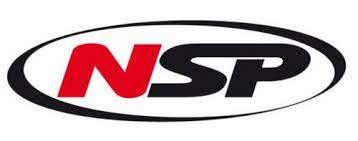Description
Teacher’s Pet Features
- TEACHER’S PET WITH THE PADDLE POSITION
The oval in the center of the deck allows inexperienced riders to better position themselves correctly on the board. Sometimes referred to as “the balance point”, the markings reduce the chances of being too far forward, which makes the board nosedive, or too far back making the board stall.
- HAND PLACEMENT
The outside lines of the oval are great guide as well as a hand-placement guide. By simply putting your center fingers (flat hands!) under your chest, you avoid intuitively grabbing the rails. This correct posture really helps in getting the rider into that pinpoint technique for the all-important ‘pop up’ from the start.
- CENTER LINE
The centerline running from nose to tail acts as a guide to easily center your body from the left to right sides of the board. This creates confidence and riders know that time they get on the board, they are perfectly positioned.
- COMFORTABLE HANDLE
Learning to surf can be exhausting so The Teacher’s Pet features a convenient handle on the bottom of the board, just below the rail and over its center of gravity. This helps surfers carry their boards to-and-from the spot with ease, instead of dragging the boards behind them.
- Straight A’s all round.
For other softboard options by NSP, the more recreational Sundowner is perfect for travelers or a spontaneous session, while the P2 Soft range offers wider boards, longboards and funboards with more durability than traditional foamies for early stages of learning.
Construction
Teacher’s Pet design
- PE deck and rail
- Learn to Surf teaching guides with textured deck for easy hand placement
- Multi-textured ridges on the tail for easy learning and foot positions
- CNC-cut and hand-finished EPS core with integrated fiberglass-reinforced bamboo stringers: 7’0 has two stringers
- PE slick bottom
- Bolt-through leash plug
- Extra strong nose and tail reinforcement on 10’0
- Bottom handle on all boards







